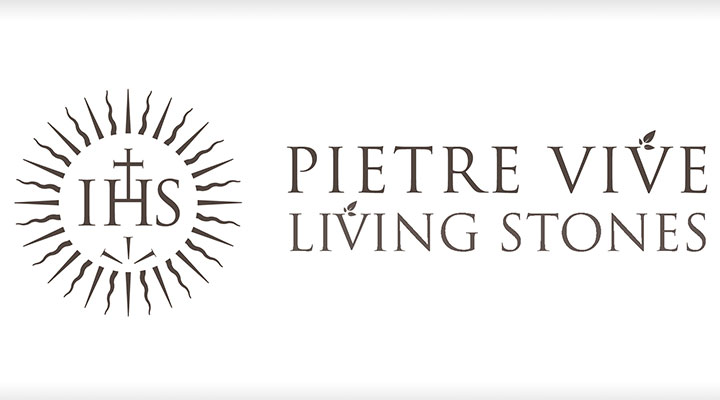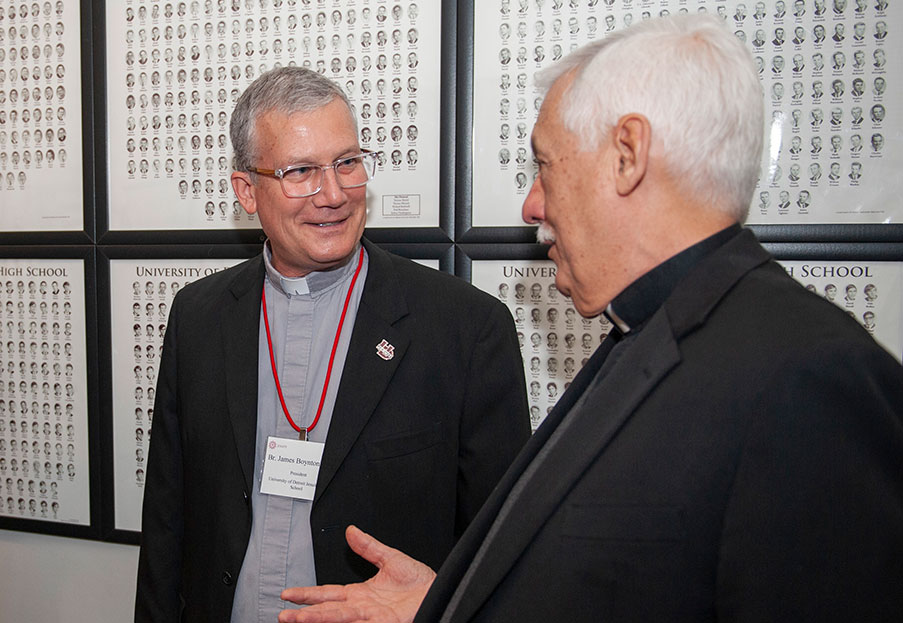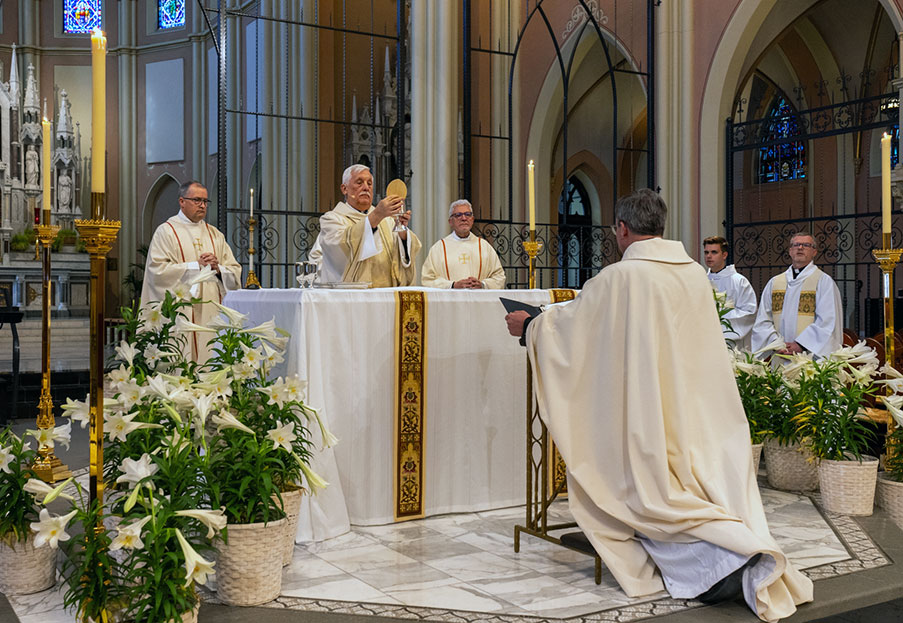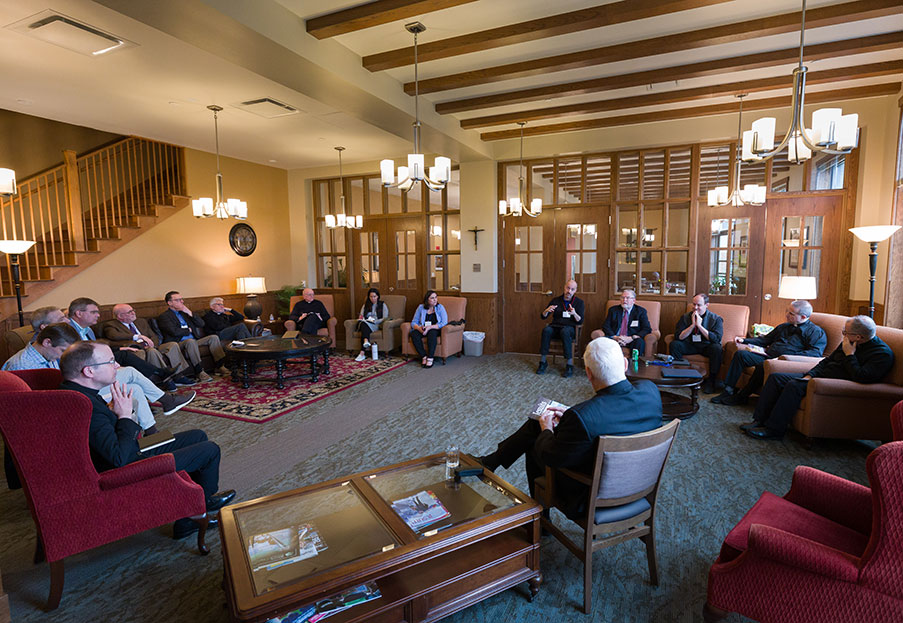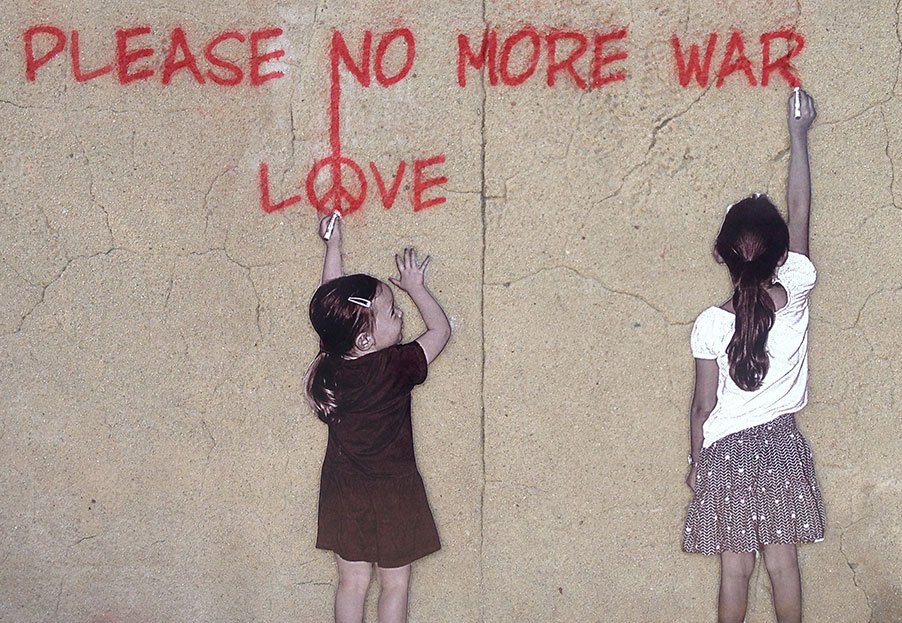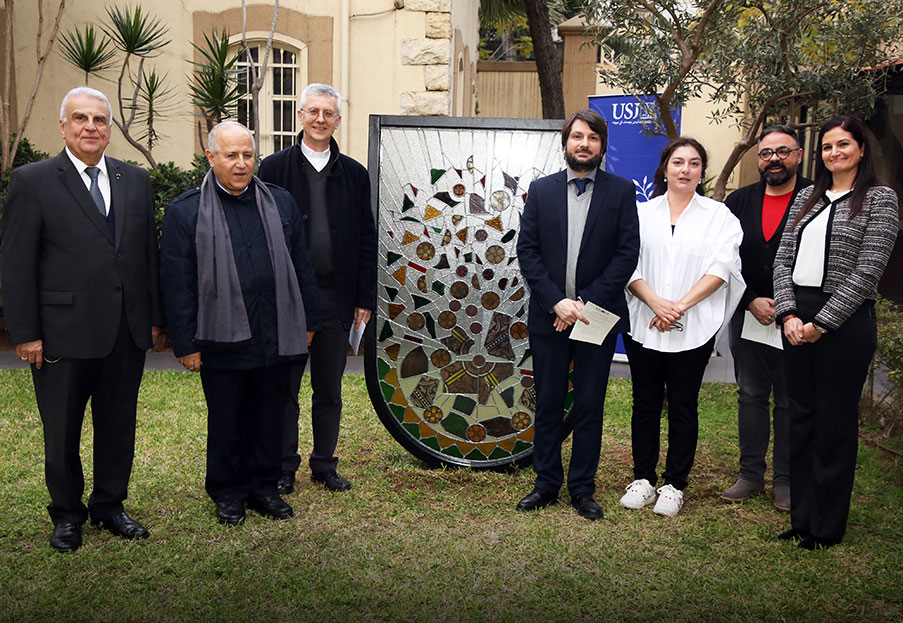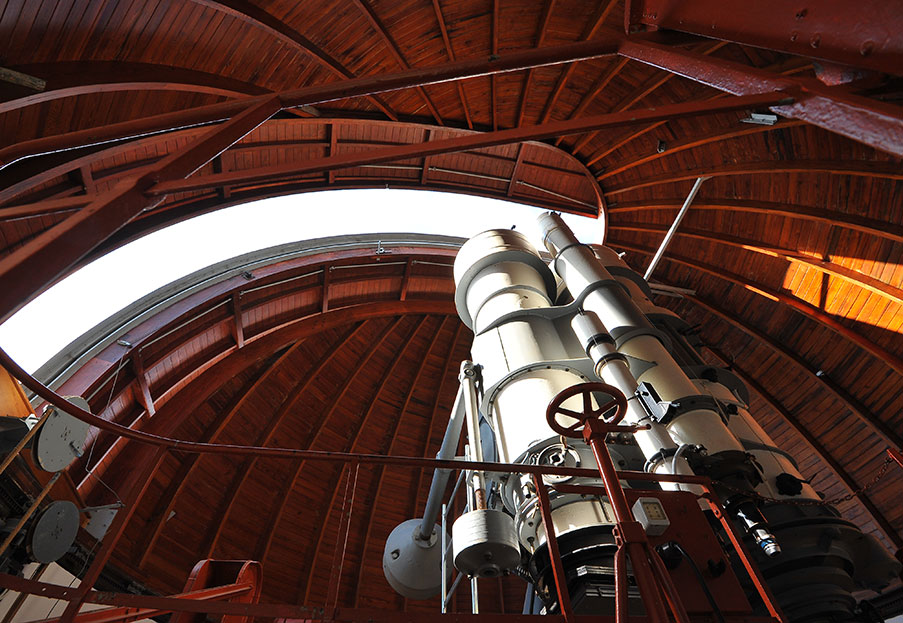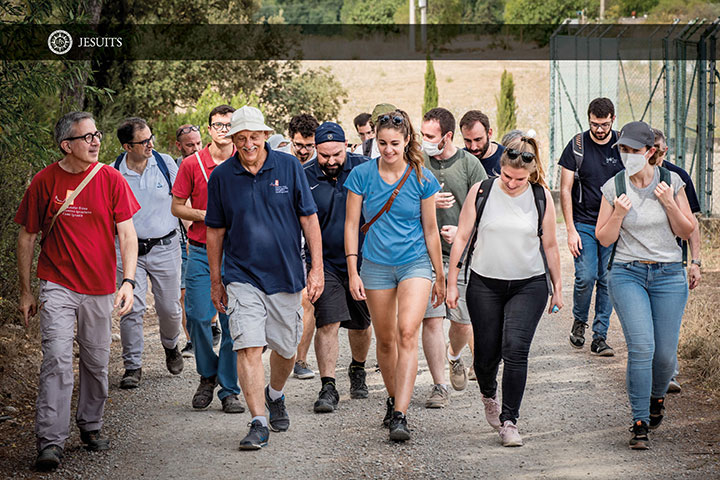“Do not be afraid” – The Annunciation in the Catacombs of Priscilla
By Emanuele Gambuti, Pietre Vive - Rome
25 March: Feast of the Annunciation
The catacombs are an extraordinary place for every Christian. Although they are burial places, they are extremely alive: they are places of silence that nevertheless speak clearly of what is at the heart of our faith. In these tunnels one breathes the idea of community, in life as in death, which closely united the early Christians, but above all, faith and hope shine through everywhere, the confident expectation of the Resurrection.
The catacombs of Priscilla in Rome contain some of the oldest depictions of the Virgin Mary. Among them is the scene of the Annunciation, inside the cubicle of the same name. The passage from Luke's Gospel (Lk 1:26-38) is depicted here with extreme simplicity. In the vault of this small 3rd century funerary chapel, enclosed in a tondo, we find only the figure of a man standing, wrapped in a tunic, facing a woman on a seat.
The angel Gabriel is depicted without wings, like a messenger facing a person of high rank, according to Roman iconography. His raised left hand and outstretched arm visually express his role: it is the gesture that, in classical iconography, indicates the act of speaking. He is none other than the image of the Word, the voice with which God reveals himself to humanity.
The scene does not lose itself in details and expresses only the heart of the Gospel passage: Mary who welcomes the Word to herself, who lends her ear to God's plan for her. Exactly as in Luke's text, everything centers on the dialogue between the two characters, between the humble woman from Galilee and the angel. A dialogue presupposes the interaction of two persons: God does not impose, but proposes His plan. The angel bursts into the room where the Virgin is, enters her everyday life and offers to change it forever, but his voice here seems to be that of a human: it is a voice that comes not from a stranger, it is more "the whisper of a gentle breeze" (1 Kings 19:11-13) than the earthquake that shakes the mountains. It is a voice that is heard because Mary lends an ear, is attentive and vigilant. The Virgin, beside the angel, is in fact listening, in the "active" listening of those who await a sign.
Mary is profoundly human, with her doubts, her uncertainties, but she recognises and accepts God's plan. She entrusts herself completely to God and undertakes the path he proposes to her.
Around
this image, in the cubicle, are depicted events in the life of the prophet
Jonah and the figure of the Good Shepherd: the Annunciation is set in a
Christological context. Mary's words, "I
am the handmaid of the Lord: let it be done unto me according to your word,"
are the door to the mystery of the Incarnation. But what surrounds those words,
what follows them, is the fulfilment of a promise: to take the path that God
has traced is also to have faith in His plan of salvation. Then afterwards, to
walk covered by His shadow, with the profound awareness that in moments of
darkness, loss or death, God will bring us back to the light.
